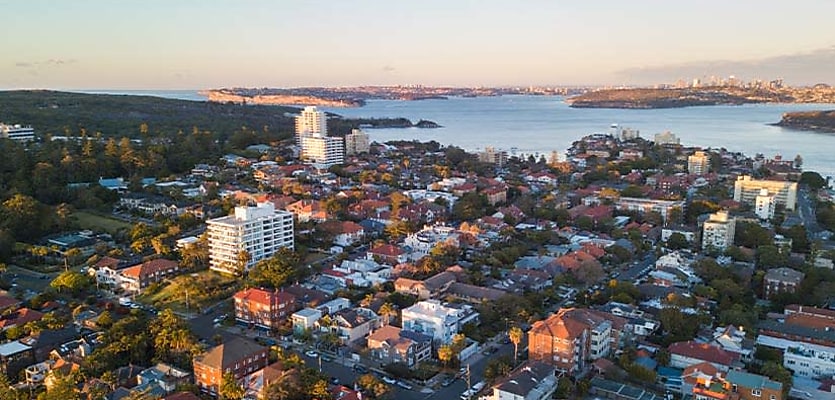The NSW government has shed more light into the planning shake-up it’s calling the “biggest in a generation”.
Following a spate of December announcements that introduced new plans to increase density around train stations in Sydney and beyond, as well as height and density rewards for developers who up the amount of affordable housing in residential projects, the NSW government has revealed new details that ensure it is held accountable to its housing commitments.
Having agreed to national cabinet’s updated goal of building 1.2 million new homes Australia-wide in five years beginning in July 2024, NSW needs to see its level of dwelling completions rise to 75,000 annually, up from 48,000 completions in 2022, to contribute its per capita share of 377,000 new homes.
Many of the state’s plans in the state government’s housing agenda were released at the end of 2023, but only now is the government providing a full accounting of how it intends to increase its building capacity.
All together the state’s reforms include:
- Changes to the policies governing low- to mid-rise housing – with the aim to increase capacity for an additional 110,000 homes in well-serviced areas by the end of 2029.
- Infrastructure contributions reforms to align works with housing commitments to ensure that essential services are in place to support communities’ growth.
- The Transport Oriented Development program to deliver state-led rezonings within 1,200 metres of eight priority transport hubs. In its second phase, this program will deliver a new environmental planning policy to increase the capacity for more mid-rise housing and mixed-use development within 400 metres of 31 other transport hubs and town centres.
- The introduction of a bonus Floor Space Ratio (FSR) increase of up to 30 per cent and a height bonus of up to 30 per cent where developers commit a minimum of 15 per cent of the gross floor area (GFA) as affordable housing.
Additionally, the government has announced that it will be publishing “performance tables” to reveal the best performing councils in terms of new homes created, and releasing regular updates on how the government approvals process is tracking.
The state’s Minister for Planning and Public Spaces, Paul Scully, acknowledged that the government was starting from a “long way back” to meet its annual targets, but affirmed that the new policies would get NSW on track.
“The NSW government is determined to meet the state’s housing goals under the five-year housing accord, and it’s the major announcements that the government made only weeks ago that will help get us there,” a release from the planning department read.
“We are reforming planning rules to support the delivery of thousands of new homes and a pipeline of housing supply into the future, and are determined to meet our housing goals,” Mr Scully added.
The state’s announcement comes on the heels of a damning report from the Housing Industry Association that predicted the country at large would fail to meet its commitment to build 1.2 million new homes, based on recent commencement figures.
“Australia commenced construction of just 23,058 new houses in the September quarter of 2023, the weakest quarter in over a decade and down by 21.6 per cent on the same quarter last year,” HIA senior economist Tom Devitt noted.
“This data reveals there were 103,707 detached houses that commenced construction in the 12 months to September 2023, down by 17 per cent on the 124,940 commenced in the previous 12-month period,” Mr Devitt added.
The organisation described it as a concerning start to the national cabinet’s housing commitment, and urged those in charge of monetary policy to consider the impact of cash rate decisions on the construction of new homes.
“Since the RBA’s first cash rate increase in May 2022, sales of new homes have tumbled. A number of earlier projects are also being cancelled, with banks withdrawing finance in the face of soaring building costs and shrinking home buyer borrowing power,” Mr Devitt said.
“This lack of new work entering the construction pipeline is expected to produce a trough in new house commencements in 2024, when Australia will start construction on just 95,400 new houses, the weakest year in over a decade.”
ABOUT THE AUTHOR
Juliet Helmke
Based in Sydney, Juliet Helmke has a broad range of reporting and editorial experience across the areas of business, technology, entertainment and the arts. She was formerly Senior Editor at The New York Observer.









You are not authorised to post comments.
Comments will undergo moderation before they get published.